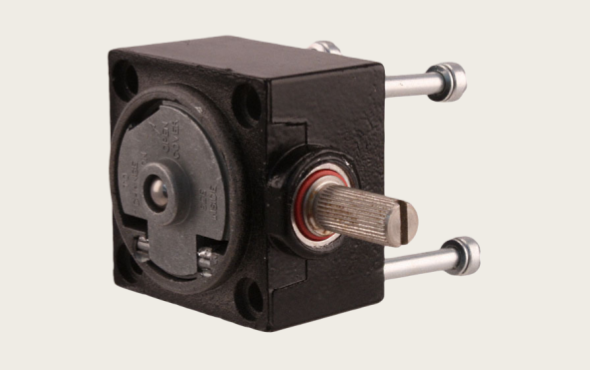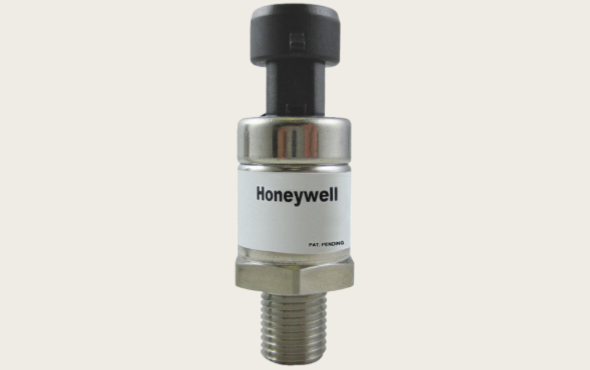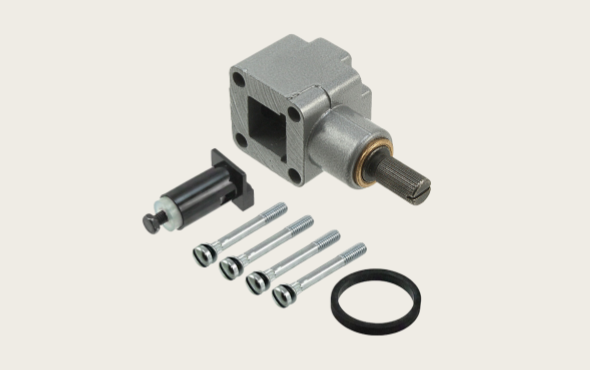In industrial automation systems, connectors are often the "end" of signal, control, and power linkages, but they are also an extremely critical link. Today, taking Honeywell brand connectors as the background, we will discuss a very practical issue: **"Are there any actual differences in EMC (electromagnetic compatibility) performance between domestic connectors and imported Honeywell connectors?"** If you are considering domestic alternatives or connector selection, this article will also provide you with some references.

One, Honeywell connector and related product electromagnetic compatibility (EMC) performanceAlthough we are talking about connectors, Honeywell's product documentation often emphasizes its EMC performance in harsh environments, which also provides a reference for us to evaluate connectors.
In Honeywell's PX3 series pressure sensors, the specification sheet clearly states: "EMC (radiated immunity): 200 V/m (voltage output)/140 V/m (current output)."
●In the MIP series products, Honeywell mentions that the device can "operate reliably under electromagnetic fields, wireless signals, radio frequency communication, and electrical equipment environments."
●In addition, it is also marked in the GPT III series: "Robust EMC performance: Operate reliably in the presence of electromagnetic fields, such as near wireless signals, RF communication, and electrical devices."
It can be seen that Honeywell has clear specification requirements and testing standards for EMC performance in its product design. Although these materials are more focused on the sensor/transmitter series, its connectors or interface components also need to meet similar environmental compatibility, especially in industrial control cabinets and automation equipment.
Therefore, when comparing domestic connectors with Honeywell connectors as the "reference standard", we can focus on the following dimensions:
● Electromagnetic interference resistance (such as radiation field strength, electrostatic resistance, surge, and conducted interference)
Interface structure and shielding design (whether the connector has a shielding shell, shielding pin, and shielding layer)
● Insertion and removal times and contact resistance variations under harsh conditions
●Protection grades (such as dustproof, waterproof, vibration resistance) and long-term reliability

Part 2: Domestic Connectors vs Honeywell: Considerations on EMC PerformanceWe can analyze the differences in EMC performance between domestic connectors and imported brands (such as Honeywell) from three dimensions: market, technology, and testing.
Current market and technology status
In recent years, the connector industry in China has developed rapidly, with many domestic brands emerging that have high reliability, good protection levels, and customizable designs. They have certain advantages in terms of cost, supply cycle, and local services.
However, from the specifications of "imported brands", it is often observed that brands like Honeywell set higher standards for EMC, temperature resistance, and environmental resistance, and are equipped with standardized test data. This means that there may be a gap in terms of whether domestic connectors meet the standards and whether they have complete test data.
② EMC performance and specific tests
If the imported connectors (or their systems) require specifications such as "radiation field strength 200 V/m" or "surge ±1 kV", while domestic connectors may not have undergone the same tests or lack public data, they may perform weaker than imported brands in high interference environments.
If there are large frequency converters, PLCs, wireless antennas, and strong magnetic fields around an industrial control cabinet, the connector may experience signal anomalies, control malfunctions, or communication interruptions if it lacks good shielding or anti-interference design.
③ Actual measurement and alternative approach
In practical projects, if considering replacing Honeywell connectors with domestic brands, the following actual measurement and verification process can be followed:
Under the same installation environment, insert imported and domestic connectors into the system separately, and measure signal error, communication packet loss, and anti-interference performance.
Create an "interference environment" (such as adding radiation sources, variable frequency converter interference, and power surge simulation) in the laboratory or at the site, and observe the performance differences between the two connectors.
●Check whether the domestic connector has shielding design, metal shell, grounding structure, shielding pin, etc., and confirm its parameters such as insertion and extraction life, protection level, vibration resistance, etc.
If domestic brands can approach or reach the import standards in these tests, they will have an advantage in terms of system cost and spare parts supply.

Three, selection suggestion for domestic connectors: target "close to the EMC level of Honeywell's imported connectors"If you are considering using domestic connectors to replace Honeywell brand or similar imported connectors, the following points should be focused on during selection:
● Shielding structure and grounding design: Choose connectors with shielding shells, shielding pin terminals, or double-layer structures.
●Certification and Test Report: The supplier is required to provide test reports for electromagnetic interference, surge, static electricity, conducted interference, and radiation immunity.
● Insertion-extraction life and contact resistance: Set the insertion-extraction cycle times (such as 500 times, 1000 times) and the maximum contact resistance.
● Protection level: Choose dust and waterproof ratings of IP65, IP67 or above according to the site environment.
Supply chain and service capabilities: domestic brands have a significant advantage in local spare parts, customization, and rapid delivery.
●Reasonable zoning selection: For control main circuits and important communication circuits, it is recommended to prioritize imported or high-end domestic products; for auxiliary circuits or non-critical nodes, consider domestic brands with stronger cost advantages.
By means of the above method, it is possible to reasonably introduce domestic connectors while ensuring that the EMC performance meets the basic requirements, balancing cost and reliability.

In summary, import brands like Honeywell set strict standards for the EMC performance of their connectors, with clear testing specifications, making them a high-standard choice for industrial automation systems. Although domestic connectors have a clear cost advantage, in order to replace import brands, they must reach or approach the "import level" in terms of shielding design, anti-interference ability, test reports, and long-term lifespan. Only in this way can system stability, signal reliability, and maintenance convenience be achieved that are not lower than the original design standards. We suggest adhering to the "verification testing + reasonable selection + zoning application" strategy during the replacement process to achieve a high cost-performance replacement.
If you are interested in the domestic substitute products for Honeywell brand connectors or have procurement needs, or if you have production or sales channels for such domestic substitute products and wish to engage in in-depth cooperation or communication, please contact us through the following contact information:
Manager Zhang (18665383950, same WeChat number)We look forward to working together with more industry partners.



